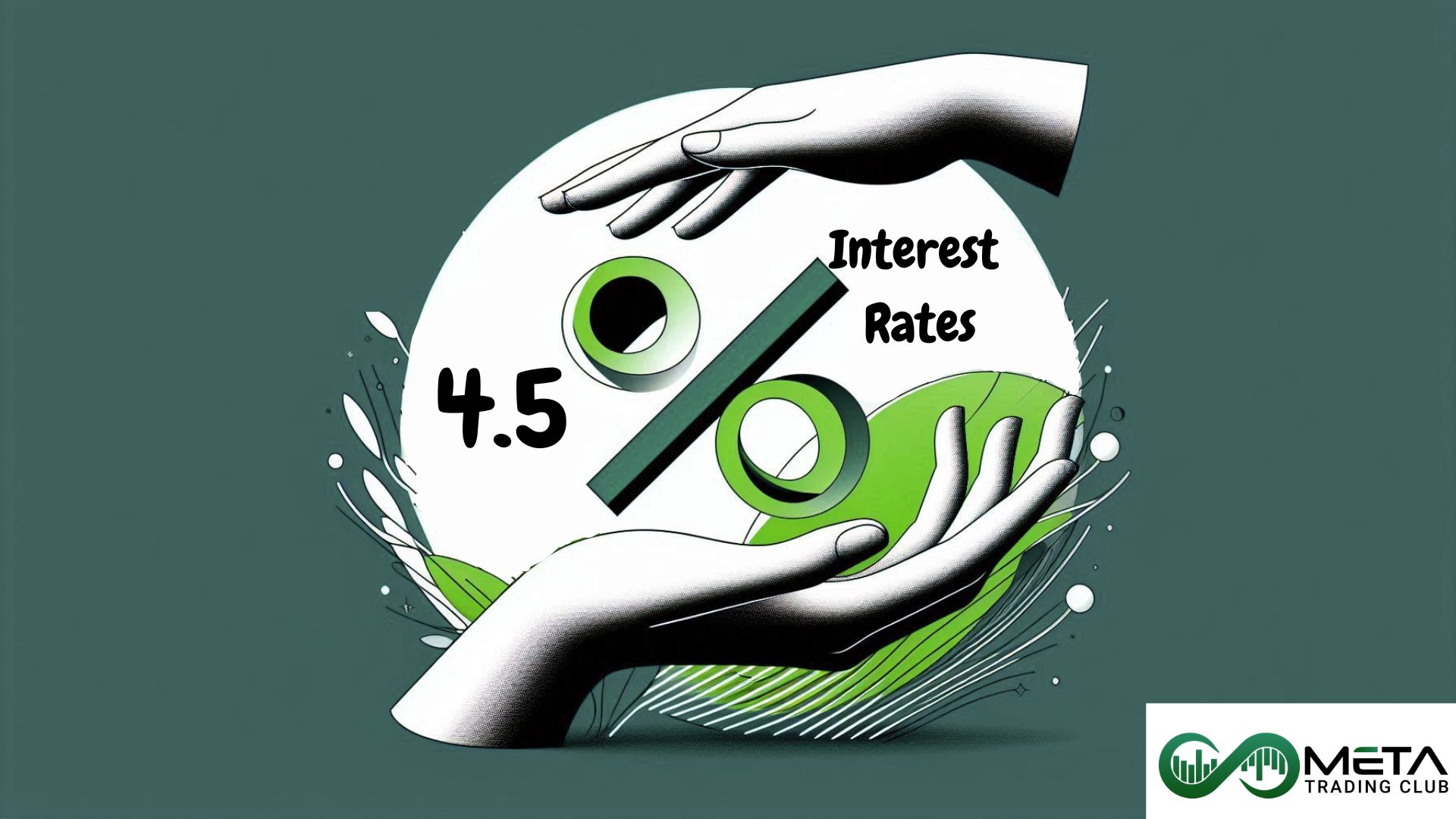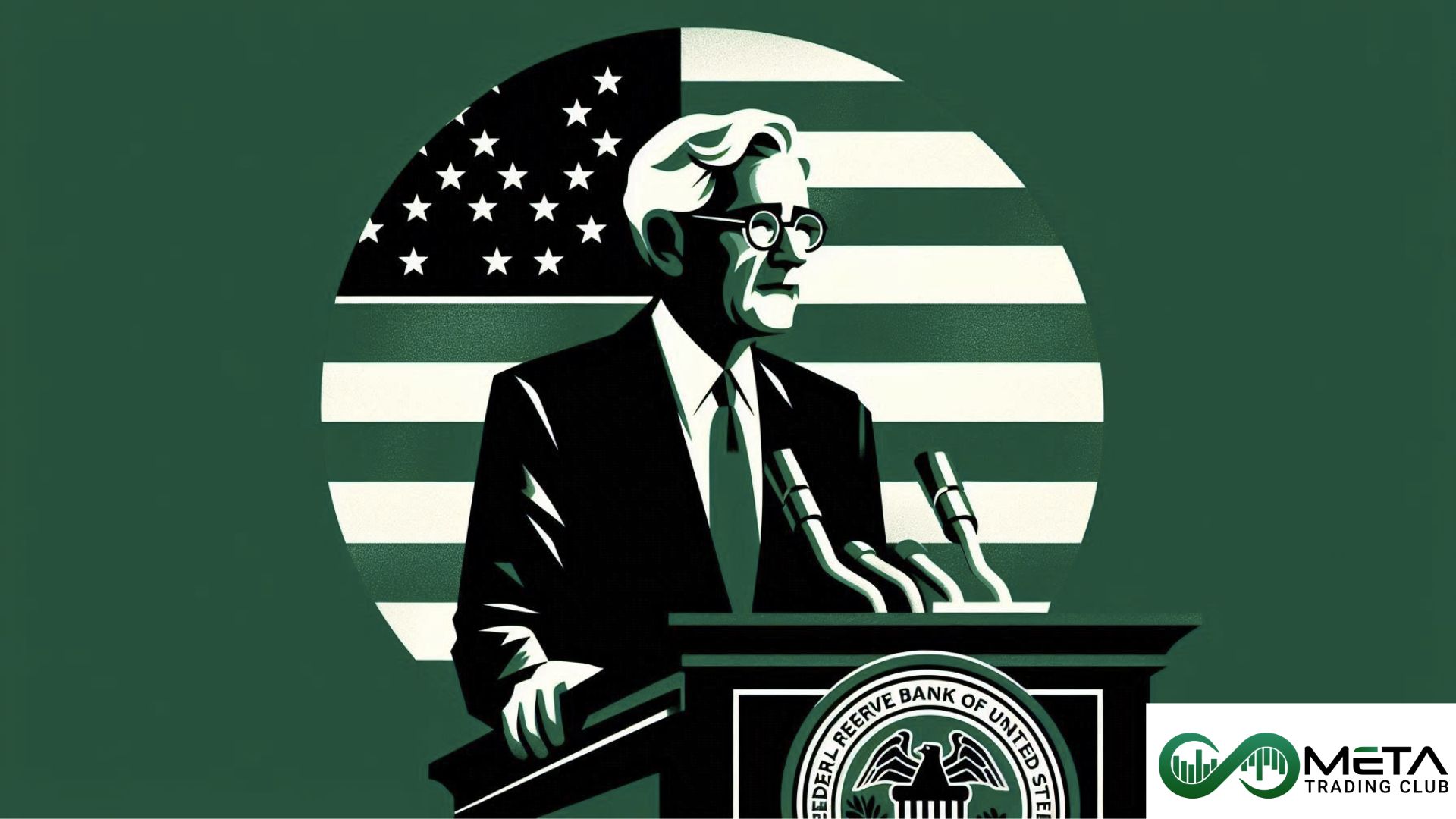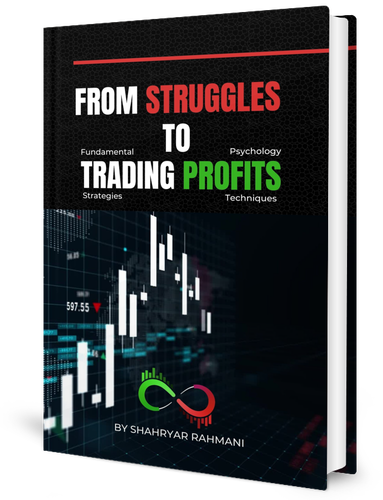The Federal Open Market Committee (FOMC) is a branch of the Federal Reserve System responsible for overseeing the nation’s open market operations. This includes making key decisions about interest rates and the growth of the United States money supply. The FOMC meets several times a year to discuss and set monetary policy, aiming to achieve maximum employment, stable prices, and moderate long-term interest rates.
FOMC Meeting on May 07, 2025
The economy is still growing steadily, despite some fluctuations in trade. Unemployment remains low, showing strength in the job market. However, inflation is still somewhat high, making price stability a challenge.
The Federal Reserve decided to keep interest rates between 4.25% and 4.5%, aiming to balance inflation control with economic stability. Also, the Fed will also continue reducing its holdings of government and mortgage-backed securities.
Fed Press Conference
Federal Reserve Chair Jerome Powell addressed the public in a highly anticipated press conference, providing insights into the central bank’s current assessment of economic conditions and its policy stance moving forward.
Economic Stability and Inflation Trends
Powell reaffirmed that the economy remains solid, with key indicators reflecting resilience despite prevailing uncertainties. However, inflation, though significantly lower than its peak in 2022, continues to be a critical factor in the Fed’s decision-making process. Recent assessments indicate that risks associated with both inflation and unemployment have grown, prompting concerns about potential economic pressures in the near future.
Trade and Tariff Uncertainty
One of the most pressing issues discussed was the impact of tariffs and ongoing trade negotiations. Powell acknowledged that the long-term effects of tariff policies remain unclear, citing significant uncertainty surrounding their scale and scope. If large tariff increases are sustained, the economy may experience heightened inflation and decreased employment, as trade disruptions filter through various sectors.
Additionally, the sharp drop in GDP during the first quarter was attributed to an unusual swing in trade activity. Powell suggested that while fluctuations in trade contribute to short-term volatility caused by ose in imports. While initial spikes in imports aimed at avoiding tariffs may have distorted data, this trend is expected to reverse in the second quarter.
The Federal Reserve’s Policy Stance
Despite calls from the administration to lower interest rates, Powell emphasized that such appeals do not influence the Fed’s policy decisions. The central bank remains committed to an independent approach, guided by economic data rather than external pressures. He reiterated that the current policy stance allows the Fed to remain well-positioned to navigate evolving economic conditions without rushing into adjustments.
Powell also refrained from commenting on whether he would continue as Fed Chair beyond the expiration of his term, maintaining neutrality on political matters. Similarly, he declined to address President Trump’s recent reversal on discussions regarding Powell’s possible removal from his position.
Consumer Sentiment and Trade Implications
Powell noted that the historical link between consumer sentiment and demand has been weaker in recent years, complicating traditional economic forecasting.
Looking ahead, Powell acknowledged that trade negotiations could have a substantial impact on the overall economic landscape, though whether these talks will lead to meaningful change remains uncertain.
Impact of FOMC and Fed Conference on Markets
The Federal Reserve remains focused on ensuring economic stability while responding to emerging risks with a measured approach. While inflation and unemployment concerns persist, Powell’s remarks underscored the Fed’s cautious strategy in addressing market fluctuations and external pressures.
The Federal Reserve’s decision to keep interest rates unchanged caused ups and downs in major markets, including the S&P 500. Investors paid close attention to Chair Powell’s comments to get clues about future policies, especially with inflation and trade concerns in mind.
After the announcement, U.S. stock futures rose, with the Dow Jones, S&P 500, and Nasdaq all seeing gains. However, some investors remain cautious as they try to understand how tariffs and economic uncertainty will affect markets. Analysts believe that China’s role in global trade could be a big factor in upcoming market trends.













